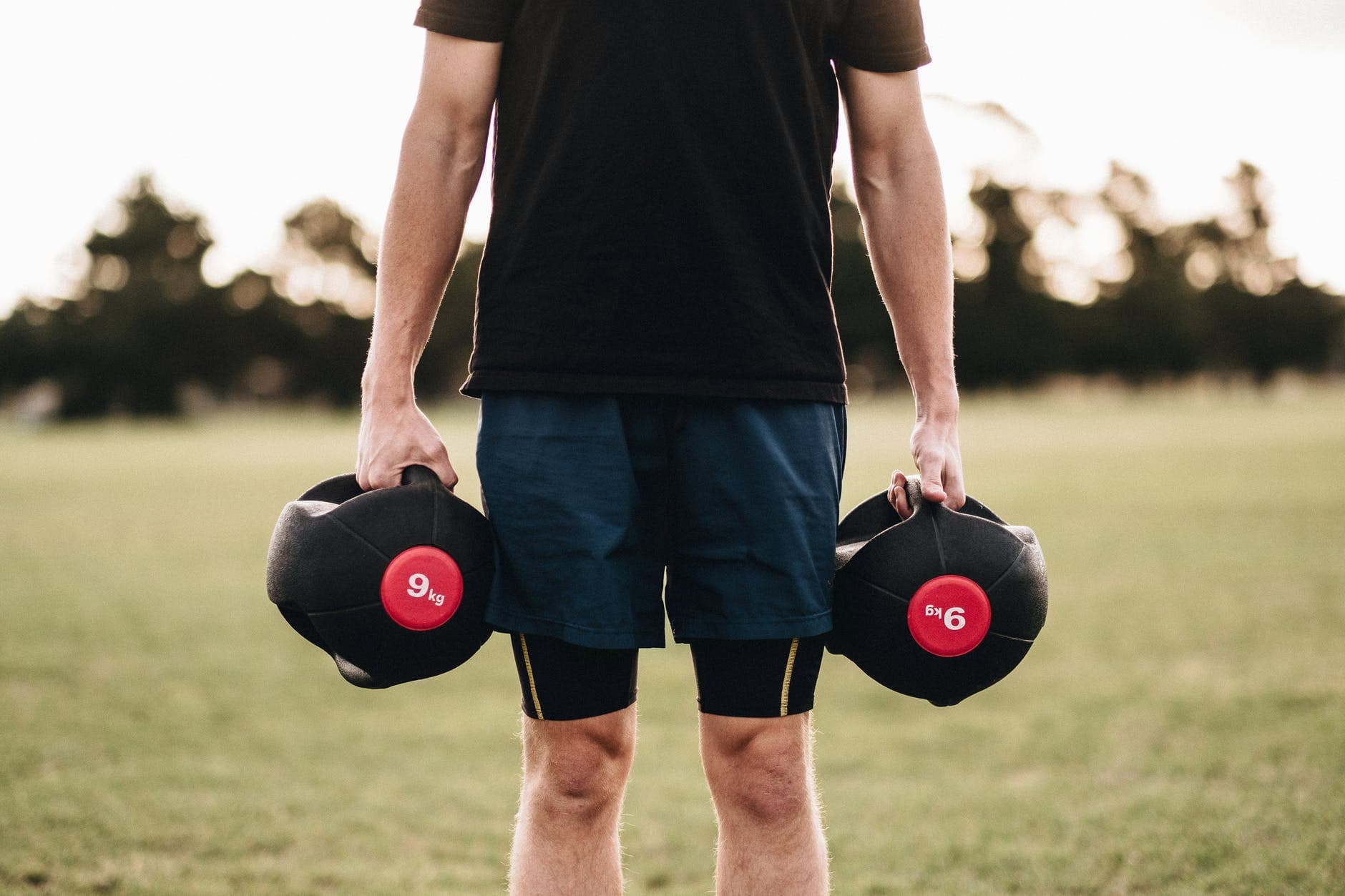
If you are an avid cyclist, you probably know what type of training program you need to complete to improve your performance – but does it include strength training?
Yes, it’s true; while most of your workouts are done on your bike, you also need to incorporate strength training into your workout regimen. While it can be confusing to figure out how to add some weight training into your routine if you are used to being out on the road, we will break it down for you and make it easy to work some strength training into your programming! This is for several reasons, but one of the main ones is that you can improve your cycling performance – and who doesn’t want that?
First things first – if you haven’t experienced weight lifting, now is the time to speak to a personal trainer or fitness specialist. While you don’t need to take them up on some session or 1-1 time if it’s not in your budget or schedule at the moment, they can still point you in the direction of proper form and technique when it comes to working new strength training movements into your routine. If you are cycling consistently, training the legs appropriately (while still including moves for the upper body and core) will serve your performance well.
Factors to Think About
Soreness is expected when you are starting a weight training program. This doesn’t mean you’re doing something wrong. Your muscles are being utilized differently than they are used to. That corresponding muscle soreness is your body responding, rebuilding, and repairing itself from the load placed upon it while weightlifting.
Warm-up and cool down as needed, just like you would while cycling. For example, you don’t just hop on your bike and start pedaling at a moderate speed – and the same can be said for weight lifting. Incorporating a dynamic warmup into your routine will help prepare the muscles for movement but can aid in decreasing the risk of injury and increase blood flow to the muscles – priming you for the activity at hand.
While you’re cycling, your legs are doing most of the work; while you strength train, you want to work the same muscles that translate to cycling! However, this doesn’t mean that you should completely ignore the upper body and core; after all, your upper body is stabilizing you as you pedal. Your core needs to be strong to stay engaged and maintain balance while riding down the road. Place a focus on the lower body and the strength gains there, but don’t forget to incorporate some compound exercises for the upper body and torso.
How Often Should You Lift?
Studies have shown us that even a minimum of two days of strength training can be beneficial; this is true even if you’re a novice weightlifter. Start low and slow when lifting for the first time – anywhere from 2-3 sets of 8-12 reps of an exercise can start to build strength! Cyclists typically aim for muscular endurance when it comes to their sport, so there’s no need to lift super heavy weights for only a few reps.
Instead, aim to work at a moderate intensity, making the lift challenging towards the last few reps. A trainer can aid in narrowing down exercises that would be ideal for cyclists (and of course, exercises that work around your training and injury history, other fitness goals, your health history, and your workout availability), but targeting the hamstrings, quads, glutes, lower back, and calves are ideal for a cycling program.
Now that you’re combining your strength training program with your cycling routine, you’ll have to determine if you want to lift before or after your cycle day. If the strength happens to fall on the same day as a ride, this is where you can play around with when you lift.
Some people like to do their resistance training early in the morning and then do their ride in the afternoon – while for others, it’s the other way around. See how you feel after trying both scenarios…you might find that lifting beforehand is better for your ride, while lifting afterward might be more ideal.
Bottom Line
If you’re going to incorporate strength training into your cycling program, try to keep it going for the long haul – a good strength base can only benefit you as you age. If you’re unsure what exercises are best for you, speak with a trainer – they’ll get you on the right track to moving well, lifting correctly, and improving your performance while you’re cycling!
